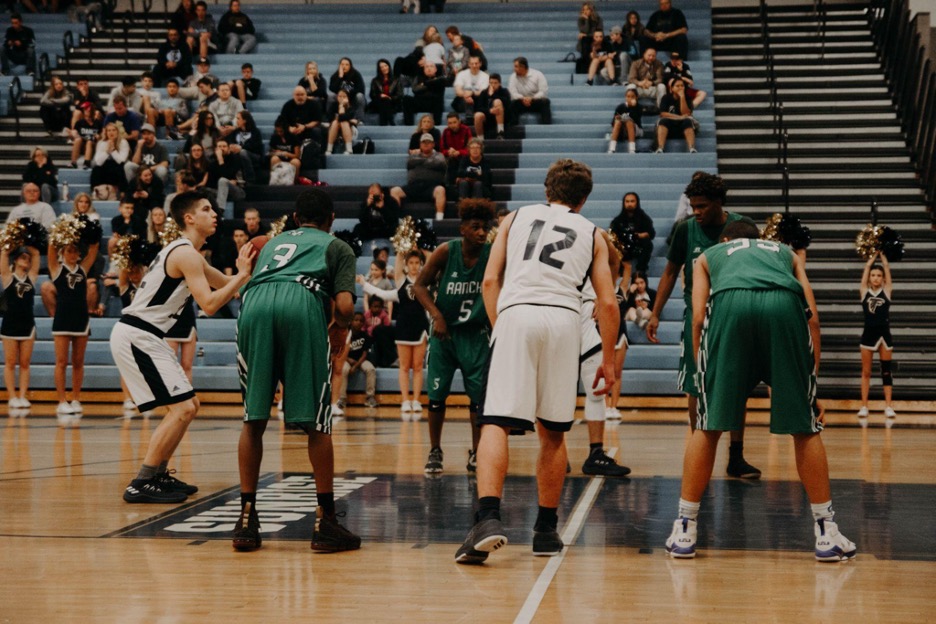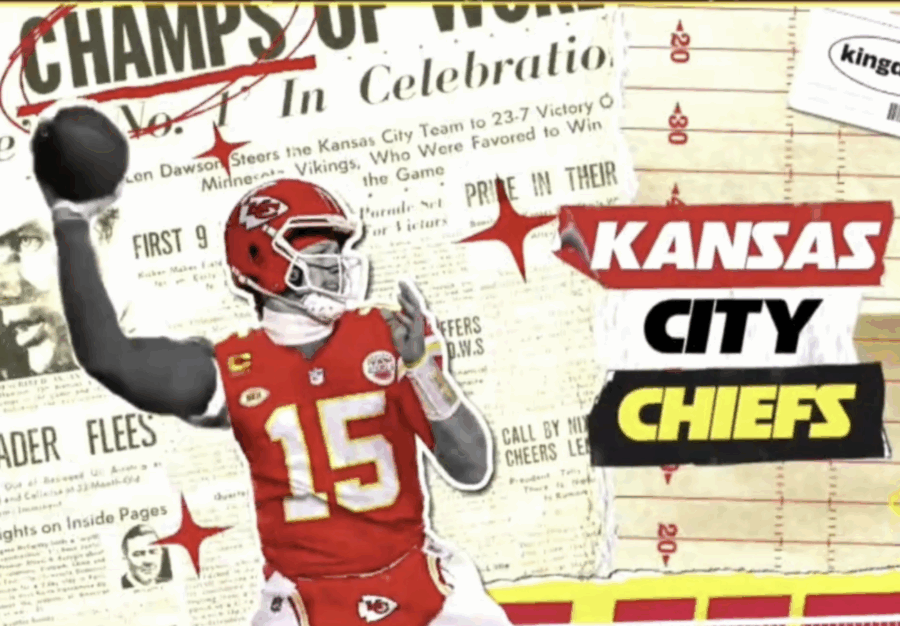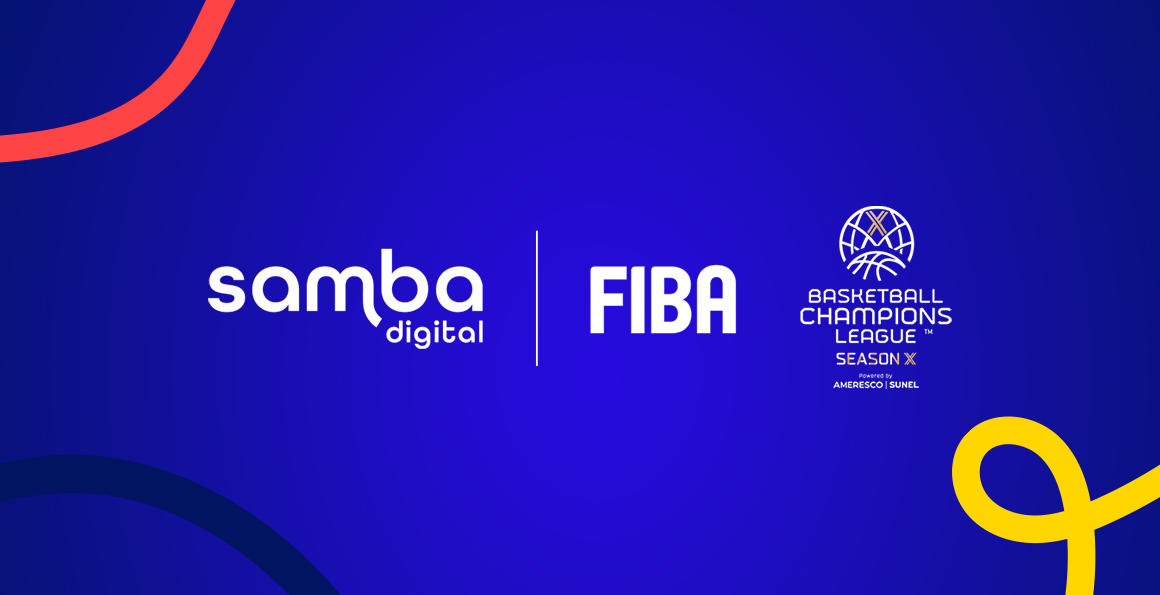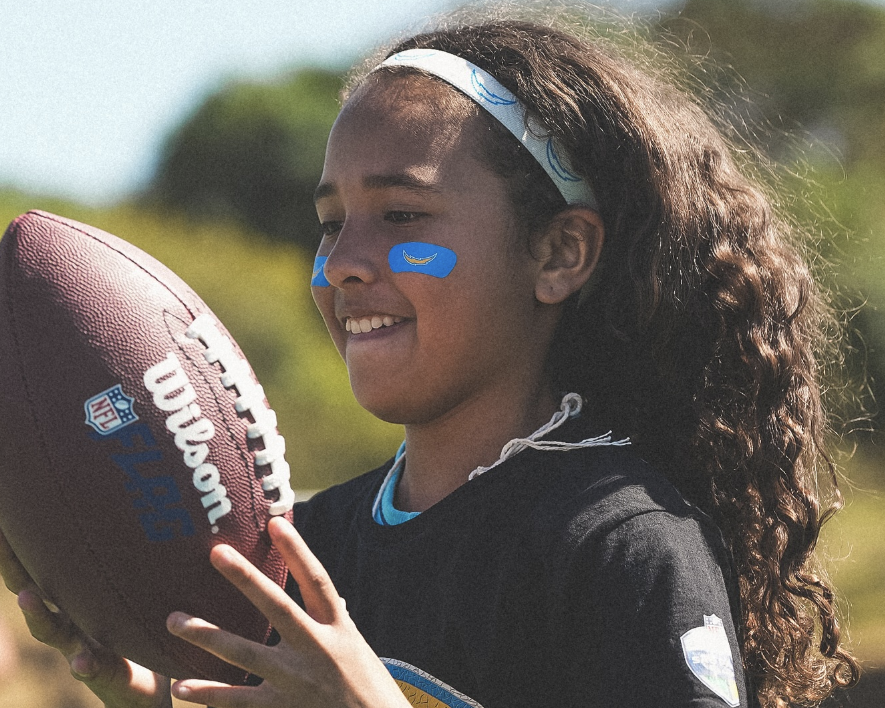9 Best Sports Marketing Campaigns in History

The best sports marketing campaigns have played an essential role in shaping the narrative of athletes, teams, and brands. These campaigns have the remarkable ability to elevate athletes to the status of global icons, propel underperforming franchises into international sensations, and forge profound connections with sports enthusiasts.
In this blog, we will talk about the most outstanding sports marketing campaigns of all time, delving into the unique elements that set them apart as trailblazers. Additionally, we will shed light on infamous marketing missteps that serve as cautionary tales. These campaigns, both triumphant and flawed, provide invaluable insights into the delicate art of capturing the hearts and minds of fans.
What Makes a Sports Marketing Campaign Great?
Before we start talking about the best sports digital marketing campaigns, let’s first understand what makes them truly great:
Emotional Connection: The most successful sports marketing campaigns forge emotional connections with fans. Whether it’s inspiring, heartwarming, or humorous, an emotional element can make a campaign memorable.
Storytelling: Effective storytelling is at the heart of all great sports marketing campaigns. These stories capture the essence of the sport, its athletes, and their journey, resonating with fans on a personal level.
Creativity: Innovation and creativity are key. Great campaigns push boundaries and break from the norm, setting trends and captivating audiences with fresh ideas.
Authenticity: Authenticity is non-negotiable. Fans can spot inauthenticity a mile away, so campaigns must be true to the values of the sport and the athletes.
Engagement: Engaging fans is paramount. This could be through interactive digital experiences, social media, or fan involvement, creating a sense of community.
The Best Sports Marketing Campaigns of All Time
Let’s take a look at some of the successful sports marketing campaigns in history and what set them apart.
Michael Jordan’s “Be Like Mike” (1991)
The year 1991 witnessed the emergence of a legendary sports marketing campaign that remains etched in history: Michael Jordan’s “Be Like Mike,” sponsored by Gatorade. This iconic campaign is not just a marketing endeavor; it is a resounding testament to the artistry of sports marketing and the enduring allure of a sporting icon.
“Be Like Mike” is a timeless ode to the greatness of the NBA legend, Michael Jordan. The campaign’s influence reverberated far beyond the basketball court. “Be Like Mike” was a phenomenon that elevated Michael Jordan from being an exceptional athlete to a transcendent figure, a source of inspiration for generations to come.
In sports marketing, this campaign remains a shining example of how a profound connection with an audience can be forged, not just through athletic feats, but through the embodiment of a dream that extends far beyond the boundaries of a basketball court. “Be Like Mike” is a reminder of the enduring power of a sports icon to influence and inspire.
Red Bull’s Stratos Space Jump (2012)
Red Bull’s Stratos Space Jump campaign, launched in 2012, was nothing short of an audacious venture. At its heart was Felix Baumgartner’s historic freefall from the edge of space, a feat that shattered the sound barrier and captured the world’s imagination. This campaign was a breathtaking fusion of human achievement and extreme sports, pushing the boundaries of what was considered possible.
What set this campaign apart and made it truly exceptional was its seamless integration of the Red Bull brand. While known for its association with extreme sports, Red Bull took a bold step beyond that realm, underlining their unwavering commitment to pushing the limits of human potential. This campaign wasn’t just about an adrenaline-fueled stunt; it symbolized the spirit of bravery, the relentless pursuit of triumph, and the indomitable human will.
“Stratos Space Jump” was a brilliant example of brand integration that went beyond mere marketing. It wasn’t just about selling a product; it was about embodying a brand’s core values, which embrace daring challenges and pioneering endeavors. This campaign made an indelible mark on the world of sports marketing, as it illustrated how a brand’s identity and ethos could seamlessly intertwine with exceptional human achievements.
P&G’s “Thank You, Mom” (2012)
P&G’s “Thank You, Mom” campaign, firmly rooted in the essence of the Olympics, reached deep into the hearts of viewers by celebrating the profound sacrifices and unwavering support of mothers in the lives of athletes. This campaign was not merely a marketing endeavor; it was a heartfelt tribute to the unsung heroes behind every athlete’s journey.
With exquisite artistry, this campaign leveraged the emotional resonance of the Olympics to create a bond that transcended mere product promotion. “Thank You, Mom” served as a poignant reminder to the world that behind every athlete’s success is the enduring love, dedication, and encouragement of their mothers.
The campaign’s enduring legacy lies in its ability to connect with the universal sentiment of gratitude toward the maternal figures who have played an indispensable role in nurturing athletes’ dreams. It stands as an embodiment of the unmatched power of sports marketing to celebrate not only athletic achievements but the deeper, heartfelt connections that underpin them.
Adidas’ “Impossible Is Nothing” (2004)
Adidas’ “Impossible Is Nothing” campaign, unveiled in 2004, stands as a timeless masterpiece within the world of sports marketing. This campaign, featuring iconic athletes like Muhammad Ali and David Beckham, skillfully showcased their remarkable journeys from humble beginnings to the zenith of their respective sports. It transcends mere marketing by embodying a universal message: that unwavering dedication and tenacity can conquer any obstacle on the path to success.
This campaign’s brilliance lies in its ability to ignite the spark of aspiration and empowerment in the hearts of viewers, transcending the boundaries of the sports world. By weaving the real-life stories of legendary athletes into its narrative, “Impossible Is Nothing” makes their struggles and triumphs accessible to all. It doesn’t just promote products; it promotes a belief in the human spirit and the boundless potential within each individual. This campaign’s legacy endures as a testament to the power of sports marketing to inspire and empower, making it one of the very best sports marketing campaigns of all time.
“Rule Yourself (2015) – Under Armour”
Under Armour’s “Rule Yourself” campaign, which made its debut in 2015, is a powerful testament to the relentless dedication and unwavering discipline that athletes embody. This campaign offers viewers an unfiltered look into the world of training and preparation. It shines a spotlight on athletes as they wholeheartedly embrace the grueling hours of practice, representing the relentless pursuit of perfection that defines excellence in sports.
This campaign immerses viewers in the world of athletes who leave no stone unturned in their quest for greatness. Through powerful visuals and stirring narratives, “Rule Yourself” underscores the unwavering commitment and the willingness to push beyond one’s limits, resonating with athletes and enthusiasts alike. It encapsulates the essence of ‘rule yourself’ as a mantra for continuous self-improvement, creating a profound connection between Under Armour and those who strive for excellence in sports and beyond.
“Pelé and the Pause (1970) – Puma”
Puma’s “Pelé and the Pause” campaign, dating back to 1970, stands as a timeless example of sports marketing that defies the constraints of time. Anchored by the legendary Brazilian football icon Pelé, this campaign introduced a personal dimension to the Puma brand. It featured Pelé taking a moment of respite, symbolizing the universal concept of rest and relaxation amidst the rigors of sports and life. In doing so, Puma connected with everyday life and transcended the boundaries of sports marketing, becoming an integral part of the brand’s heritage.
“Pelé and the Pause” celebrates the idea that even the greatest athletes find solace in everyday moments. This campaign is a tribute to the human aspect of sports, reminding us that behind every legendary figure lies a person who cherishes moments of pause and reflection. In this manner, Puma ingeniously crafted a campaign that resonates not only with sports enthusiasts but with anyone who appreciates the significance of taking a breath amid life’s challenges.
“Chicago Blackhawks: What’s Your Goal? Ad”
The Chicago Blackhawks’ “What’s Your Goal?” campaign, executed by the NHL team, epitomized the potential of sports marketing to forge profound connections between teams and their fans while highlighting the transformative influence of goals. Players and fans were encouraged to share their personal aspirations using the hashtag #WhatsYourGoal on social media platforms, opening a window into the dreams of the Blackhawks’ supporters.
The campaign commenced with players unveiling their own objectives, providing a glimpse into their lives beyond the rink. The Blackhawks then produced a compelling promotional video, inviting fans to participate. The campaign’s reach extended globally, captivating both hockey enthusiasts and those less familiar with the sport. The hashtag #WhatsYourGoal trended, reaching a staggering 46 million people on Facebook.
The campaign’s triumph stemmed from its adept use of social media, capitalizing on its extensive reach. Moreover, by emphasizing fan engagement, it fostered a sense of community and inclusivity. What makes it one of the best sports team marketing campaigns was the Blackhawks’ commitment to transforming fans’ aspirations into realities, reinforcing their connection with the team. In sum, the “What’s Your Goal?” campaign was a stellar demonstration of how sports marketing can transcend boundaries, unite communities, and inspire individuals to chase their dreams.
“Sport England: This Girl Can”
In 2015, Sport England launched the “This Girl Can” campaign with a powerful objective: to encourage physical activity among women in the U.K. This initiative was a response to a study that highlighted a significant gender disparity in sports participation, largely attributed to women’s concerns about their appearance and abilities.
“This Girl Can” celebrated women of all body types and backgrounds engaging in various physical activities, emphasizing that there’s no one right way to get active. It promoted the idea that you don’t need to be a professional athlete; you can kick, lift, or juggle your way to fitness. The campaign’s brilliance extended to its social component, harnessing the hashtag #thisgirlcan to create a vibrant online community where women could share their own stories and experiences.
The impact of the campaign was remarkable, spurring millions of women to participate in sports and physical activities and breaking down the barriers that had held them back.
The campaign’s success lay in its relatability and authenticity. It didn’t rely on famous athletes, setting it apart in the sports marketing landscape. Instead, it focused on everyday women, making it a unique and powerful force in promoting inclusivity and empowerment in the world of sports.
“This Girl Can” wasn’t about selling a product; it was about inspiring and creating a supportive community for women in sports. It exemplified the transformative potential of sports marketing to drive social change and inspire individuals to overcome stereotypes and barriers.
“Colin Kaepernick’s Dream Crazy – Nike”
In 2018, Nike unveiled the “Dream Crazy” campaign, featuring the controversial figure of Colin Kaepernick. This bold ad ventured beyond traditional sports marketing, addressing themes of racial inequality and social justice. Kaepernick, known for taking a knee during the national anthem to protest racial injustice, became the face of the campaign, making a powerful statement in support of those who dared to dream and challenge the status quo.
“Dream Crazy” transcended product endorsement; it encouraged individuals to aspire to greatness, push boundaries, and believe in their dreams despite societal barriers. It urged people to embrace controversy and stand up for their convictions. This is one of the more recent sports marketing campaigns that sparked fervent discussions and significantly increased brand awareness for Nike. It exemplifies the potential of sports marketing to make a profound impact by addressing contemporary social issues while reinforcing brand values.
The Pitfalls: Bad Sports Marketing Campaigns
While many sports marketing campaigns have been celebrated, there have been notable failures. Here are a few infamous examples:
Kendall Jenner’s Pepsi Commercial (2017): This commercial attempted to co-opt social justice movements, presenting a trivialized and tone-deaf view of protests. It faced widespread criticism and backlash.
New Coke (1985): The decision to change the beloved formula of Coca-Cola led to a massive consumer revolt and a swift return to the original product.
2012 London Olympics Logo: The controversial logo was widely panned for its unusual design, which many found confusing and unappealing.
Bottom Line
Great sports marketing campaigns are powerful tools that transcend the world of sports. They create connections, tell compelling stories, and inspire audiences. The best campaigns are characterized by emotional resonance, storytelling prowess, creativity, authenticity, and fan engagement. However, the pitfalls of bad campaigns remind us of the importance of understanding the audience and being aware of social and cultural sensitivities. As the sports marketing landscape continues to evolve, brands and organizations must strive to create campaigns that leave a lasting impact while avoiding the costly mistakes of history.
Take your sports marketing campaigns to the next level with Samba Digital, your trusted sports creative agency.
Our winning strategies will elevate your brand to new heights.
Contact us today and let’s score big together !
Other News

News Tank interview: “Samba will serve as a bridge between European clients and the US market”

Samba Digital teams up with the Houston Texans to elevate Somos Texans across the U.S. and Mexico

The Kansas City Chiefs win Emmy Award for “Viva Chiefs’ Kingdom”

Samba Digital announces a new collaboration with FIBA, BCL and BCL Americas

FINAL RESULTS AS OF JUNE 30, 2025 (6 MONTHS)

